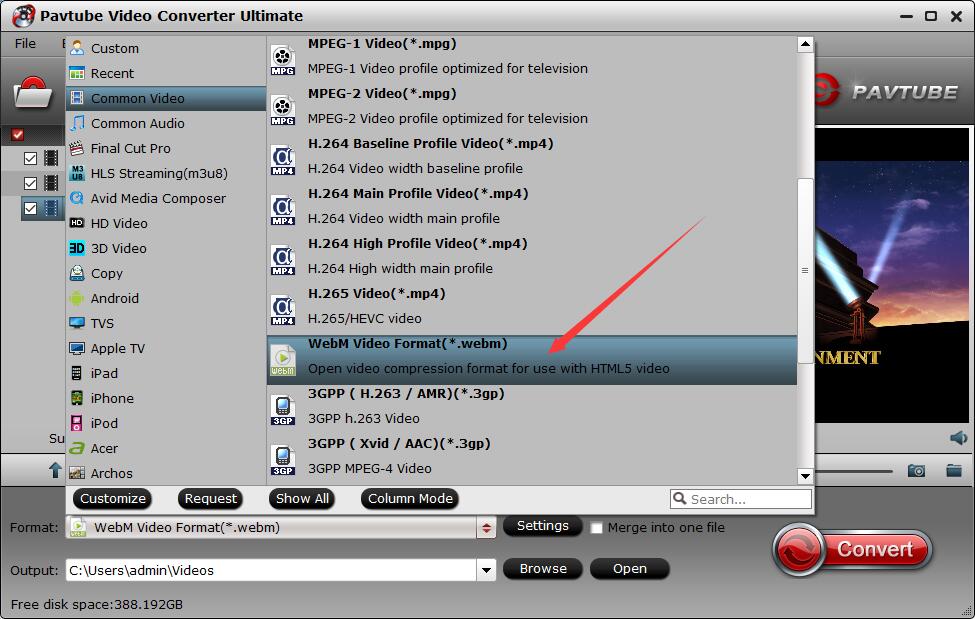

- HTML5 VIDEO PLAYER SOURCE CODE ANDROID
- HTML5 VIDEO PLAYER SOURCE CODE SOFTWARE
- HTML5 VIDEO PLAYER SOURCE CODE TV
This video player has gone from limited compatibility to the most compatible option in just a few years. HLS, another streaming protocol Apple created, is now used for delivery to the HTML5 video player instead of RTMP. Reaching all devices means reaching a larger audience. The controls attribute adds these features and many more to improve the experience for viewers and creators. It’s often called an “all-device video player” because of its control over the video element (such as video width), adaptability with l ow latency streaming, and o pen-source code. The player’s compatibility is among its many strengths. Today, HTML5 video player compatibility is not an issue at all. This video player alternative mimics HTML5 even when playing video file s using Flash or Silverlight in older browsers.

It is easy to embed RTMP stream into an HTML5 video player and is often used in browsers for transitioning.Īnother popular option was MediaElement.js. Many of these video players supported the RTMP (Real-time messaging protocol) technology to work with flash-enabled media players, HTML5 video, or both.
HTML5 VIDEO PLAYER SOURCE CODE SOFTWARE
Among these options, one ideal method was using an embedded video player software for video element deployment to websites under your control. Luckily, many strategies were set in place to make the transition easier. Compatibility with the HTML5 online video player posed an issue for a short time. In the beginning, the decline of Flash posed a challenge. Initial Issues with HTML5 Player Compatibility Flash player is dead HTML5 is now the elite video player. At first, there were concerns and challenges regarding compatibility, but today, this technology is a standard in video streaming.
HTML5 VIDEO PLAYER SOURCE CODE TV
The rise of HTML5 technology can be credited to the browsers, mobile device developers, and streaming CDNs that have turned a cold shoulder to Flash Player in favor of this new and improved video player.Īlmost every video file today on your laptop, computer, smartphone, or smart TV uses an HTML5 online video player. As of April 2023, most online streaming relies on this technology. Luckily, the HTML5 online video player has been developed to suit the needs of the online streaming industry perfectly. In addition to the browsers, many content The Transition to HTML5 for Online Video HTML5 has totally replaced Flash Player in recent years. That essentially made the Flash player obsolete on most cell phones, which have quickly become the preferred way of viewing content on the internet.Įventually, Firefox, Microsoft Edge, Apple’s Safari, and Google Chrome slowly limited Flash support and jumped on the HTML5 bandwagon.
HTML5 VIDEO PLAYER SOURCE CODE ANDROID
In 2012, Android followed suit by dropping support for Flash channels altogether. That iPhone intentionally didn’t support Flash, making Apple a trendsetter. Let’s backtrack to the beginning of the end when Apple released the first generation iPhone on June 29, 2007. However, Flash’s media player technology has encountered ongoing issues, particularly in recent years. For most of that time, Flash was the dominant platform for anything containing a video element and most other multimedia online. The transition to HTML video players was a bit difficult initially, but now it’s the preferred video player for most broadcasters.įlash has been around for over 20 years.


 0 kommentar(er)
0 kommentar(er)
